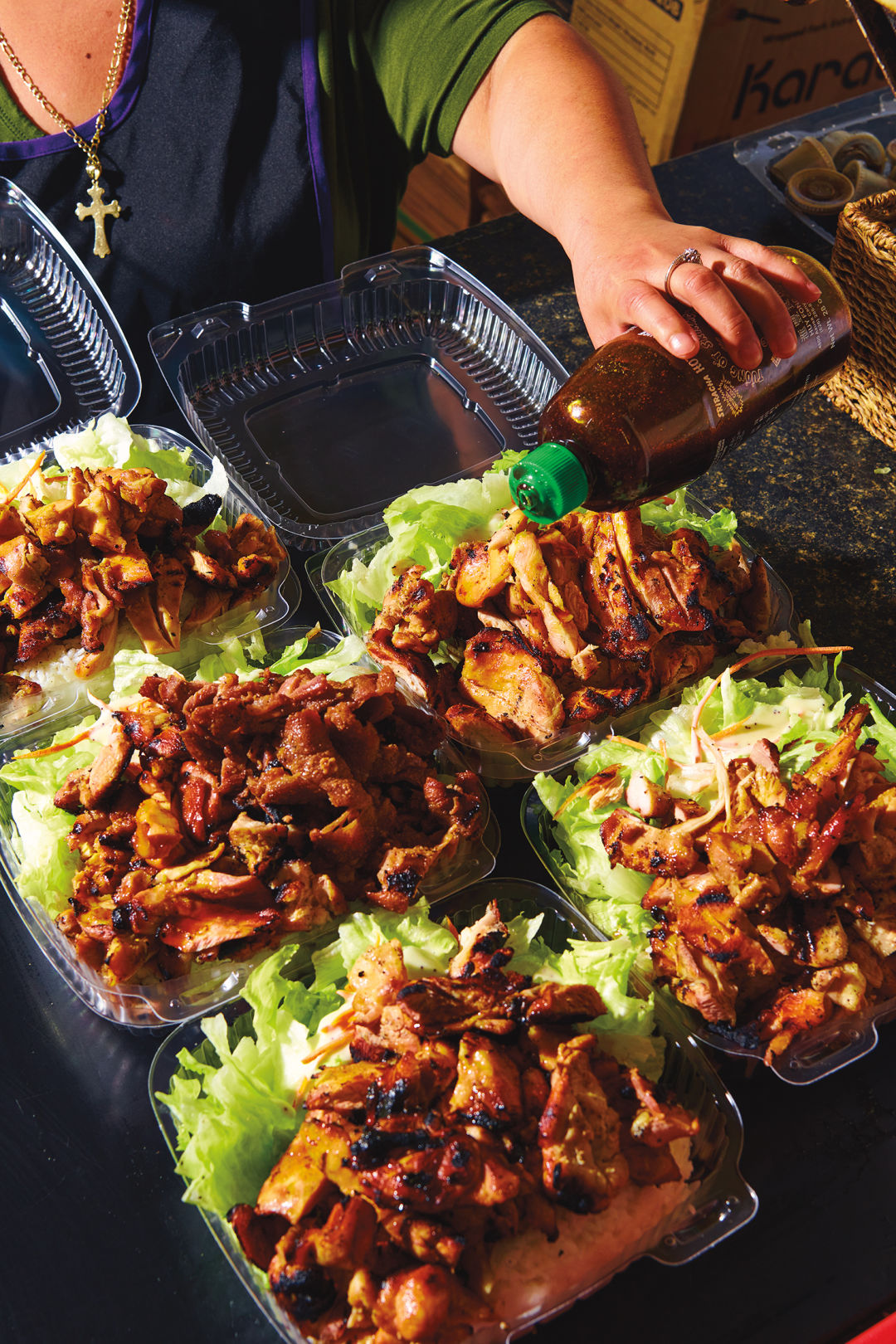Easy Gochujang Recipe: A Flavorful Journey to Korean Cuisine
Guide or Summary:Ingredients:Equipment:Instructions:Embark on a culinary adventure with our step-by-step guide to making an easy gochujang recipe. Discover……
Guide or Summary:
Embark on a culinary adventure with our step-by-step guide to making an easy gochujang recipe. Discover the secrets to crafting a rich, tangy, and spicy condiment that's synonymous with Korean cuisine. Gochujang, a staple in Korean kitchens, is a versatile ingredient that adds depth and complexity to dishes ranging from traditional kimchi to modern fusion recipes.
Gochujang, often referred to as Korean red bean paste or simply gochujang, is a fermented soybean paste that's been a cornerstone of Korean cooking for centuries. It's not only a flavor enhancer but also a source of umami, the fifth taste sensation, which adds a savory, meaty quality to dishes. Making gochujang at home allows you to control the ingredients and the level of spiciness, ensuring that your homemade gochujang perfectly suits your taste buds.
Ingredients:
- 2 cups dried soybeans
- 1 cup water
- 1 cup coarse sea salt
- 1/4 cup roasted sesame seeds
- 1/4 cup sugar
- 1 cup rice vinegar
- 1/2 cup rice flour
- 1 tablespoon roasted garlic powder
- 1 tablespoon grated ginger
- 1/4 teaspoon white pepper

- 1/4 teaspoon black pepper
Equipment:
- Large pot
- Fermentation container (glass jar or wooden tub)
- Fine mesh strainer
- Blender or food processor
- Spatula
- Clean towels or cheesecloth
Instructions:
1. **Soak and Cook Soybeans:**
- Begin by soaking 2 cups of dried soybeans in 1 cup of water for at least 8 hours, or overnight.

- Drain the soaked soybeans and add them to a large pot with fresh water. Bring to a boil, then reduce the heat and simmer for about 1 hour, or until the soybeans are tender. Drain any excess water.
2. **Fermentation:**
- Transfer the cooked soybeans to a fermentation container, preferably a glass jar or wooden tub.
- Sprinkle 1 cup of coarse sea salt over the soybeans, ensuring even distribution.
- Cover the container with a clean towel or cheesecloth and let it sit at room temperature for about 1 week. This fermentation process will transform the soybeans into a tangy and slightly salty paste.
3. **Roasting and Grinding:**
- While the soybeans are fermenting, toast 1/4 cup of sesame seeds in a dry pan until they are fragrant and golden brown. Allow them to cool completely.
- Once the fermentation is complete, transfer the gochujang mixture to a blender or food processor. Blend until smooth and creamy.
- Add the toasted sesame seeds, 1/4 cup of sugar, and 1/2 cup of rice vinegar to the blender. Blend again until well combined.

4. **Thickening and Seasoning:**
- In a small bowl, mix 1 cup of rice flour with 2 cups of water until smooth. This will serve as a thickening agent.
- Gradually add the rice flour mixture to the blender, blending continuously until the gochujang reaches your desired consistency. It should be thick and spreadable, similar to a peanut butter consistency.
- Add 1 tablespoon of roasted garlic powder, 1 tablespoon of grated ginger, 1/4 teaspoon of white pepper, and 1/4 teaspoon of black pepper. Blend until all ingredients are evenly distributed.
5. **Final Touches:**
- Once the gochujang reaches your desired consistency, transfer it to a clean, dry container. Cover and store it in the refrigerator for at least 2 days to allow the flavors to meld together.
- After 2 days, give the gochujang a stir and taste it. If it's not spicy enough, add a pinch of red pepper flakes or a small amount of hot sauce. If it's too spicy, add a touch of sugar or a splash of water to balance the heat.
Your homemade gochujang is now ready to be used in a variety of dishes, from marinades and dipping sauces to stir-fries and soups. It's a flavorful addition that will elevate your cooking to new heights, making your meals more authentic and delicious. Enjoy the process of creating your own gochujang and the satisfaction of knowing that you're using the freshest, highest-quality ingredients to craft this beloved Korean condiment.